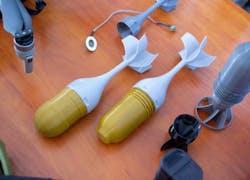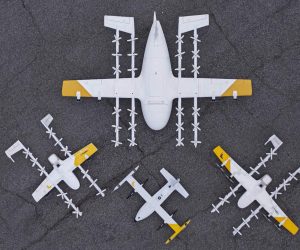Pioneering Predictive Techniques for 3D-Printed Military Components

ARLINGTON, Va. – Researchers from the U.S. military are aiming to enhance the application of additive manufacturing, commonly known as 3D printing, by developing methodologies to assess the life expectancy and reliability of 3D-printed components during their production. This innovative solution is being explored in collaboration with the Southwest Research Institute (SwRI) based in San Antonio, Texas.
On a recent Wednesday, officials from the U.S. Defense Advanced Research Projects Agency (DARPA) announced a significant $6.2 million contract awarded to SwRI as part of the Structures Uniquely Resolved to Guarantee Endurance (SURGE) initiative.
Transforming Additive Manufacturing
The SURGE project aims to revolutionize and expedite the process of distributed additive manufacturing for critical military structural components. By focusing on predictive analytics derived from real-time data collected during the additive manufacturing process, the goal is to enable manufacturing across diverse machines, materials, locations, and designs.
This initiative will integrate state-of-the-art in-situ sensing technologies with process modeling and microstructure-based fatigue life assessments to accurately determine the functional lifespan of 3D-printed hardware, all underscored by extensive experimental validation.
Moreover, SURGE intends to forge a new path away from the traditional machine-centric approach to part qualification in additive manufacturing, which often requires extensive resource investments and lengthy optimization processes.
Pursuing Predictable Lifecycles
Unlike the current methodologies, the SURGE program will investigate a strategy where the structural integrity of each unique manufactured part is monitored and predicted dynamically. The ambition is to facilitate the creation of any geometrical design on any device, anywhere and anytime, while ensuring the reliability and durability of the components produced.
For further details, you can reach out to the Southwest Research Institute via their website at www.swri.org, or contact DARPA at www.darpa.mil/research/programs/structures-uniquely-resolved-guarantee-endurance.













